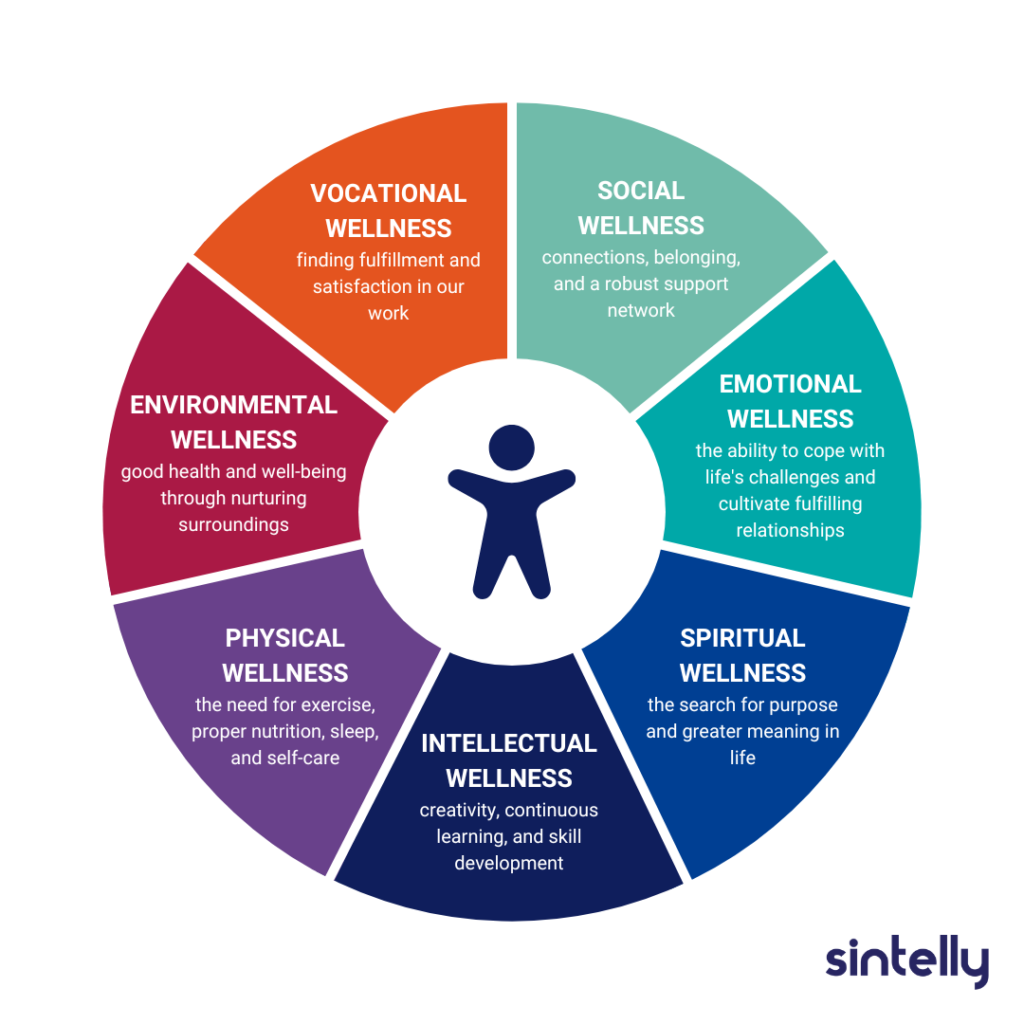Understanding The New COVID-19 JN.1 Variant: Symptoms And Prevention In India

Table of Contents
Identifying the COVID-19 JN.1 Variant in India
The COVID-19 JN.1 variant, a sublineage of Omicron, has been identified in India, although its exact origins and initial spread are still under investigation. While it shares similarities with other Omicron subvariants, potential unique characteristics are being studied by researchers to determine if it exhibits different transmission rates or severity. Data on its prevalence and geographic distribution within India is currently being collected and analyzed. This information will help public health officials to track its spread and implement targeted interventions.
- Prevalence rates in different Indian states: Real-time data on JN.1 prevalence varies across states and is often subject to change. Official government sources and health ministry updates should be consulted for the most current information.
- Age groups most affected: Initial data suggests a broad impact across various age groups, mirroring previous variant patterns. However, further analysis is needed to determine if certain age demographics are disproportionately affected by JN.1.
- Comparison with other circulating variants: JN.1's characteristics are compared to other circulating variants (e.g., XBB.1.5, BA.2.75) to understand its relative transmissibility and severity. Genome sequencing plays a crucial role in these comparisons.
Symptoms of the COVID-19 JN.1 Variant
The symptoms of the JN.1 variant largely overlap with those observed in previous COVID-19 variants. While there's no definitive evidence of unique symptoms specific to JN.1, individuals should be vigilant.
- Common symptoms: Fever, cough, fatigue, sore throat, headache, muscle aches, loss of taste or smell (anosmia/ageusia), and shortness of breath remain common.
- Less common symptoms: Some individuals might experience gastrointestinal issues such as nausea, vomiting, or diarrhea.
- Severe symptoms requiring immediate medical attention: Difficulty breathing, persistent chest pain, confusion, inability to stay awake, or bluish discoloration of lips or face necessitate immediate medical assistance. Seek immediate medical attention if you experience any of these severe symptoms.
Transmission of the COVID-19 JN.1 Variant
The JN.1 variant, like other COVID-19 variants, primarily spreads through respiratory droplets produced when an infected person coughs, sneezes, or talks. Close contact with an infected individual increases the risk of transmission.
- Respiratory droplets as a primary mode of transmission: Airborne transmission in confined spaces is also possible.
- Importance of social distancing and hygiene practices: Maintaining a safe distance from others, especially in crowded areas, is crucial. Regular handwashing with soap and water or using an alcohol-based hand sanitizer is essential.
- Risk factors increasing transmission: Crowded indoor spaces with poor ventilation, inadequate mask-wearing, and lack of hygiene practices significantly increase the risk of transmission.
Prevention and Mitigation Strategies for COVID-19 JN.1 in India
Vaccination remains the most effective tool in preventing severe illness and hospitalization from COVID-19, including the JN.1 variant. Booster doses are vital for maintaining immunity.
- Vaccination schedules and booster shots: Adherence to the recommended vaccination schedule and getting booster shots are crucial.
- Proper mask usage and disposal: Wear well-fitting masks, especially in crowded indoor spaces. Dispose of used masks properly.
- Handwashing techniques and sanitizer use: Regular handwashing for at least 20 seconds or using a hand sanitizer with at least 60% alcohol content is essential.
- Importance of ventilation and avoiding crowded spaces: Well-ventilated areas are safer. Avoid crowded places as much as possible.
- Government guidelines and advisories: Stay updated on the latest guidelines and advisories issued by the Indian government and health authorities.
Seeking Medical Attention for COVID-19 JN.1
If you experience symptoms suggestive of COVID-19, promptly seek medical attention.
- Contacting healthcare providers for testing and advice: Consult your doctor or a designated healthcare facility for testing and guidance.
- Accessing telehealth services: Utilize telehealth services for initial consultations and advice, if available.
- Treatment options available in India: Treatment protocols vary based on the severity of symptoms and individual health conditions. Your healthcare provider will determine the appropriate course of action.
Conclusion: Staying Protected from the COVID-19 JN.1 Variant in India
Understanding the COVID-19 JN.1 variant, its symptoms, and transmission methods is vital for effective prevention in India. Vaccination, along with robust hygiene practices such as regular handwashing and mask-wearing, remain crucial in mitigating the spread of this variant. Adherence to government guidelines and seeking timely medical attention are equally important. Stay informed about the latest developments on the COVID-19 JN.1 variant and proactively practice preventative measures to protect yourself and your community. Understanding the JN.1 variant is crucial for effective prevention in India.

Featured Posts
-
 Is This The Good Life Assessing Your Current Wellbeing
May 31, 2025
Is This The Good Life Assessing Your Current Wellbeing
May 31, 2025 -
 The Impact Of Algorithms On Mass Shooter Radicalization Are Tech Companies Liable
May 31, 2025
The Impact Of Algorithms On Mass Shooter Radicalization Are Tech Companies Liable
May 31, 2025 -
 The Impact Of Narcissism Miley Cyruss Journey With Her Father
May 31, 2025
The Impact Of Narcissism Miley Cyruss Journey With Her Father
May 31, 2025 -
 Podcast Rethinking Your Approach To Finances
May 31, 2025
Podcast Rethinking Your Approach To Finances
May 31, 2025 -
 Isabelle Autissier Son Engagement Et Sa Vision Du Travail D Equipe
May 31, 2025
Isabelle Autissier Son Engagement Et Sa Vision Du Travail D Equipe
May 31, 2025
